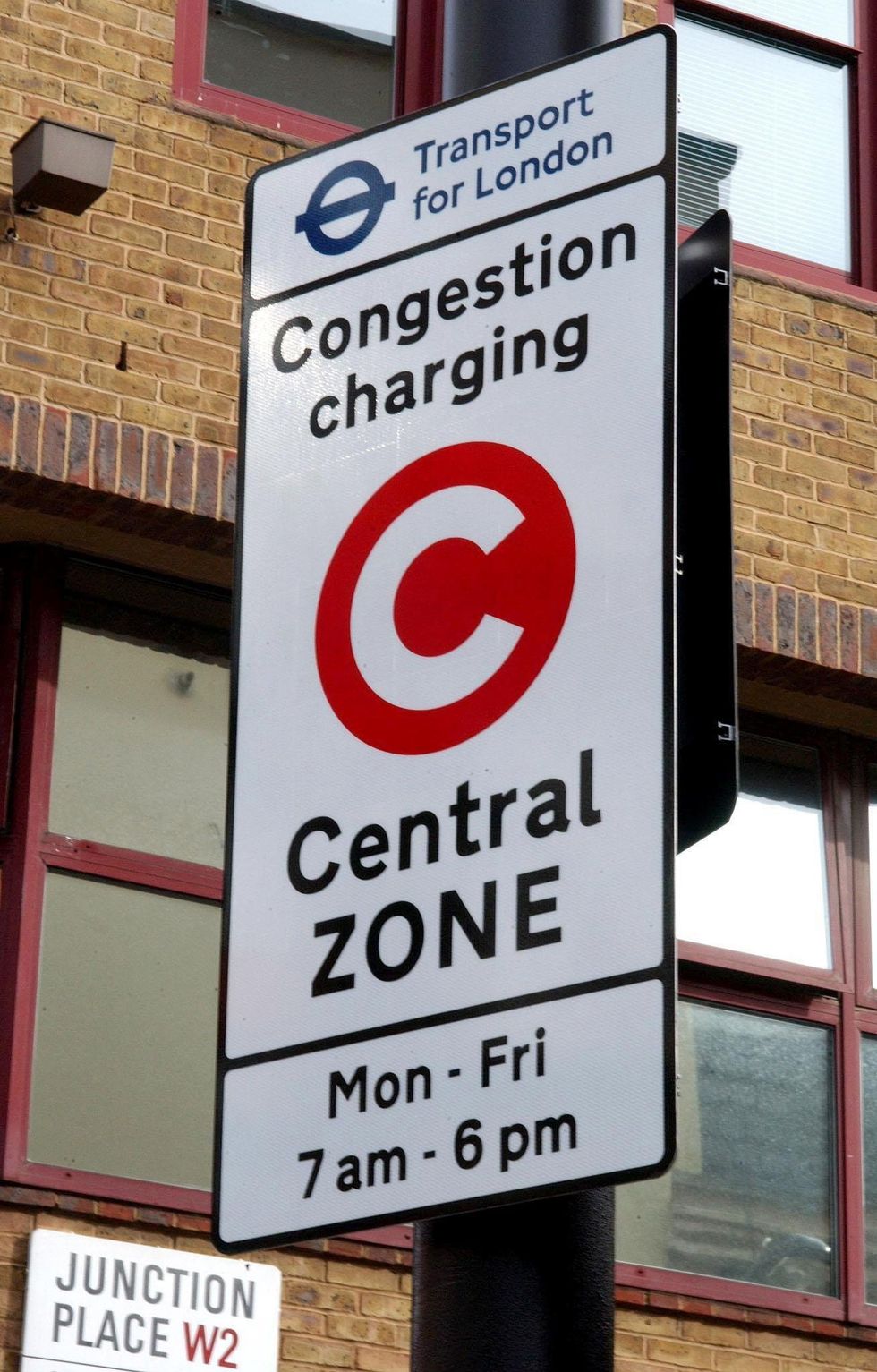



Drivers have just a few hours left to make their views known on plans to hike daily charges for motorists in London, as well as proposals to axe the clean air grant in its current form.
Transport for London has been consulting on changes to the capital's Congestion Charge as it looks to reduce traffic levels and improve air quality.
The consultation, which ends today, was first launched at the end of May and looks to encourage the uptake of electric vehicles and promote sustainable travel across the city.
As part of the new measures, the daily charge would be raised from £15 to £18 from January 2026, which would mark the first increase since the start of the decade.

PA
|Proposed changes would see daily costs increase from £15 to £18
Analysis from TfL stated that there would be more than 2,200 additional vehicles on an average weekday in the centre of the capital without the proposed changes.
It also found that congestion costs London billions of pounds a year, with the average driver paying £942 as a result of long delays and poor air quality.
The measures would also see a new Cleaner Vehicle Discount introduced to account for the expiry of the current incentive, which will end on December 25, 2025.
At present, drivers with zero emission vehicles do not need to pay when driving through the Congestion Charge, although this will end of Christmas Day.
 PA |
PA |
The Congestion Charge has been operational since 2003
The new CVD being proposed would launch on January 2, 2026, and see a 50 per cent discount for electric vans, HGVs, light quadricycles and heavy quadricycles registered for Auto Pay. A further 25 per cent discount would apply to electric cars.
The second tier of the CVD would apply from March 4, 2030, and would give owners of electric vans, HGVs, light quadricycles and heavy quadricycles a 25 per cent discounts, while electric car owners would be charged 12.5 per cent less.
Transport for London added that the discounts would apply automatically from DVLA data, rather than drivers having register and prove to meet their standards.
Seb Dance, Deputy Mayor for Transport, said: "The Congestion Charge has been a huge success since its introduction, but we must ensure it is fit for purpose.
"Sticking to the status quo would see around 2,200 more vehicles using the congestion charging zone on an average weekday next year."
Changes are also being proposed for the Residents' discount, which currently entitles people to a 90 per cent discount if they qualify as a resident inside the zone.
However, from March 1, 2027, only eligible new applicants for the 90 per cent Residents' discount would receive money off if they have an electric vehicle.
TfL said this would encourage motorists to ditch their petrol and diesel cars and invest in electric vehicles to save more money.
 PA | Electric vehicle owners will have to pay the Congestion Charge from December 25, 2025
PA | Electric vehicle owners will have to pay the Congestion Charge from December 25, 2025
The Mayor's road user charging guidance could also be updated which would see the Congestion Charge increased each year in line with Tube fares. This is inflation plus one per cent, or a lower amount.
However, TfL noted that the increases would only apply to the Congestion Charge and not the Ultra Low Emission Zone.
Since the Congestion Charge has been in operation, there has been a 30 per cent reduction in traffic within central London, with active travel methods becoming more popular.
Sophie O'Connell, senior policy adviser at the Green Alliance, said: "The new measures send a clear signal: driving a polluting vehicle through central London should not be cheaper than taking public transport, making the cleaner choice the obvious one while supporting both public health and the environment."
